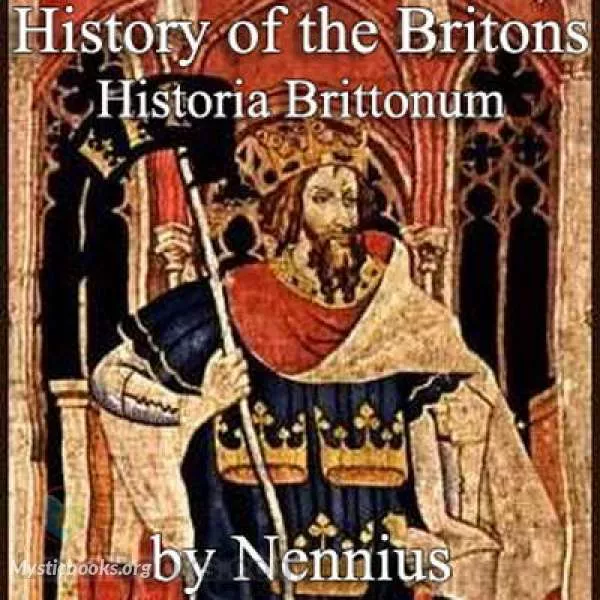
History of the Britons
by Nennius
' History of the Britons' Summary
The Historia Brittonum describes the supposed settlement of Britain by Trojan expatriates and states that Britain took its name after Brutus, a descendant of Aeneas. The work was the "single most important source used by Geoffrey of Monmouth in creating his Historia Regum Britanniae" and via the enormous popularity of the latter work, this version of the earlier history of Britain, including the Trojan origin tradition, would be incorporated into subsequent chronicles for the long-running history of the land, for example the Middle English Brut of England, also known as The Chronicles of England.
The work was the first source to portray King Arthur, who is described as a dux bellorum ('military leader') or miles ('warrior, soldier') and not as a king. It names the twelve battles that Arthur fought, but unlike the Annales Cambriae, none are assigned actual dates.
The reference in the Historia Brittonum of Arthur carrying the image of St. Mary on his shoulders during a battle has been interpreted by later commentators as a mistake for Arthur bearing the image of Mary on his shield, the error being caused by the similarity between the words in Welsh.
The greatest classicist of the 19th century, Theodor Mommsen, divided the work into seven parts: Preface (Prefatio Nennii Britonum); I. The Six Ages of the World (de sex aetatibus mundi) (§1-6); II. History of the Britons (historia Brittonum) (§7-49); III. Life of Patrick (vita Patricii) (§50-55); IV. Arthuriana (§ 56); V. Genealogies (regum genealogiae cum computo) (§c. 57—66); VI. Cities of Britain (civitates Britanniae) (§66a); VII. Wonders of Britain (de mirabilibus Britanniae) (§67—76).
The Historia Brittonum can be dated to about 829. The work was written no earlier than the "fourth year of [the reign of] king Mermenus" (who has been identified as Merfyn Frych ap Gwriad, king of Gwynedd). Historians have conservatively assigned 828 to the earliest date for the work, which is consistent with the statement in chapter 4 that "from the Passion of Christ 796 years have passed. But from his Incarnation are 831 years".
The text makes use of two narrative techniques which are generally considered not reliable by modern academic standards: synthesizing and synchronizing history. Synthetic history combines legendary elements with fact, which makes the veracity of the text challenging to evaluate. Various specious causal connections and attempts to synchronize material from different sources and traditions also contribute to undermining the reliability of the chronicle.
Book Details
Language
EnglishOriginal Language
WelshPublished In
Genre/Category
Tags/Keywords
Authors
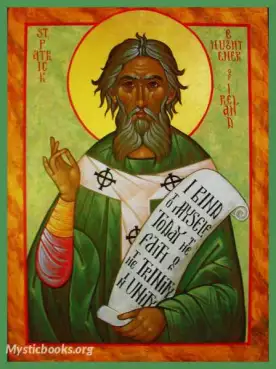
Nennius
Wales
Nennius — or Nemnius or Nemnivus — was a Welsh monk of the 9th century. He has traditionally been attributed with the authorship of the Historia Brittonu...
Books by NenniusDownload eBooks
Listen/Download Audiobook
- Select Speed
Related books
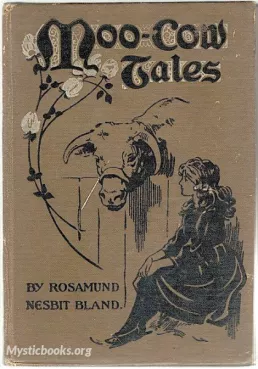
Moo Cow Tales by Rosamund Edith Nesbit Bland
Embark on a whimsical journey through the enchanting world of "Moo Cow Tales" by Rosamund Edith Nesbit Bland. This delightful collection of stories br...

Scottish Ghost Stories by Elliott O’Donnell
This collection of Scottish ghost stories by Elliott O'Donnell explores the rich and chilling folklore of Scotland. The tales delve into the country's...

Las Fábulas de Esopo, Vol 1 by Aesop
The classic Aesop’s Fables have been translated to every language for hundreds of years. The fables, told in the form of allegories, give us universa...

Pollyanna by Eleanor H. Porter
This is a timeless classic expressing the universal message that every aspect of life should be looked at in a positive way. It follows the actions of...

Original Stories from Real Life by Mary Wollstonecraft
“Original Stories from Real Life” by Mary Wollstonecraft is a didactic children's novel that follows the re-education of two young girls, Mary (15) an...
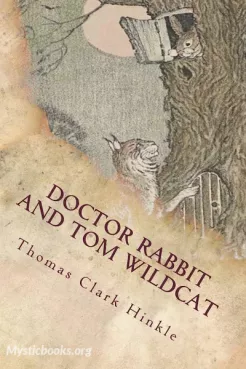
Doctor Rabbit and Tom Wildcat by Thomas Clark Hinkle
This is a captivating children's book that follows the thrilling adventures of Doctor Rabbit and his unexpected companion, Tom Wildcat. Written by the...
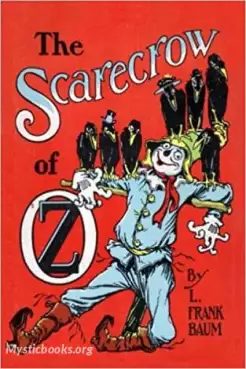
The Scarecrow of Oz by L. Frank Baum
Published in 1915, The Scarecrow of Oz is the ninth book in the Oz book series and focuses on the adventures of Cap’n Bill, Trot, and the Scarecrow, w...
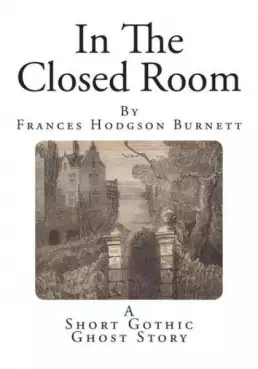
In the Closed Room by Frances Hodgson Burnett
This is a short story about a shy, quiet little girl living in a big city. When her parents are offered the opportunity to take care of a house in the...

Chunky, the Happy Hippo by Richard Barnum
Chunky is a young hippopotamus who lives in Africa. He is a happy and playful hippo, and he loves to explore his surroundings. One day, Chunky's paren...

Queen Zixi of Ix or The Story of the Magic Cloak by L. Frank Baum
Queen Zixi of Ix is a charming and whimsical children's novel by L. Frank Baum, the author of The Wonderful Wizard of Oz. The story follows the advent...
Reviews for History of the Britons
No reviews posted or approved, yet...